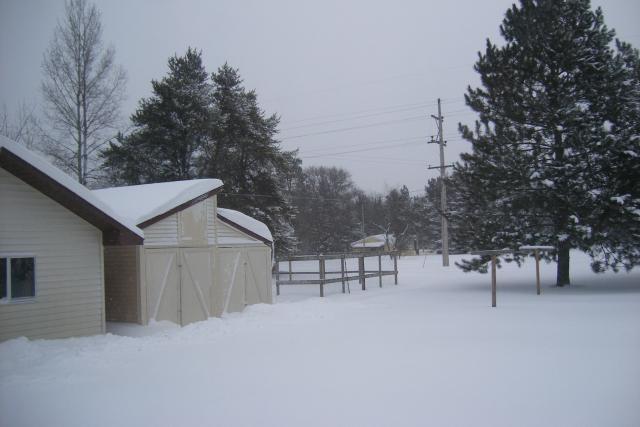We never put heat in the coop all winter. Laying seems more light related than heat, more than once we didn't collect eggs soon enough and ended up with "eggcicles". The snow covered their pop door most of the time, so having the high vents let the ammonia and whatnot out, and kept the wind away from their roosts. I never blocked the high vents. The litter was about a foot deep and "old" - started in April. It was composting and it created heat - never was frozen. It would be a good 20 degrees warmer in the coop than outside, and no windchill
The only thing that needs heat is the water, unless you like busting ice and bringing out water twice a day
I have production reds, red sex links, SLW, california gray, GLW, Ameraucanas, Light Brahma, and one Polish, only the prod Red rooster got a bit of frostbite on his GIANT comb, but that's regrowing nicely. I also use a 2x6" with the wide side for their roost, so they can really tuck their feet in. Everyone was happy through the winter, even though they stayed in a 10x10 coop all winter long.
Keeping food and fresh, thawed water goes a long way for chicken happiness in the cold. That's also why I spread scratch and BOSS on their litter - let them keep their little minds busy while the stayed indoors all winter.




